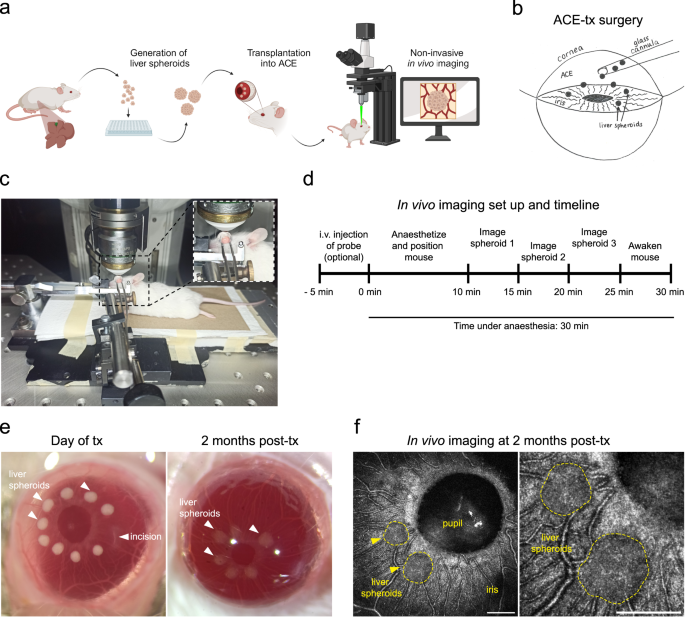2024-01-09 バーミンガム大学
◆BEACON試験では、抗腫瘍薬である血管新生阻害薬を各種化学療法と組み合わせることで、腫瘍が縮小する確率が増加しました。これにより、対照群の18%からBevacizumabを使用した群では26%が腫瘍が縮小したと報告されました。この手法は神経芽腫を発症した子どもたちに新しい治療法の道を開く可能性があり、治療効果の向上に寄与するかもしれません。
<関連情報>
- https://www.birmingham.ac.uk/news/2024/combining-anti-tumour-drugs-with-chemo-may-improve-rare-childrens-cancer-outcomes
- https://ascopubs.org/doi/10.1200/JCO.23.00458
再発難治性神経芽細胞腫の小児患者に対し、テモゾロミドにベバシズマブ、イリノテカン、トポテカンを追加投与: ITCC-SIOPEN BEACON-神経芽腫試験の結果 Bevacizumab, Irinotecan, or Topotecan Added to Temozolomide for Children With Relapsed and Refractory Neuroblastoma: Results of the ITCC-SIOPEN BEACON-Neuroblastoma Trial
Lucas Moreno, MD, PhD , Rebekah Weston, MSc , Cormac Owens, MD, Dominique Valteau-Couanet, MD, Marion Gambart, MD , Victoria Castel, MD, PhD , C. Michel Zwaan, MD, PhD , … on behalf of Innovative Therapies for Children with Cancer (ITCC) and European Association for Neuroblastoma Research (SIOPEN)
Journal of Clinical Oncology Published:January 08, 2024
DOI:https://doi.org/10.1200/JCO.23.00458

Abstract
Purpose
Outcomes for children with relapsed and refractory high-risk neuroblastoma (RR-HRNB) remain dismal. The BEACON Neuroblastoma trial (EudraCT 2012-000072-42) evaluated three backbone chemotherapy regimens and the addition of the antiangiogenic agent bevacizumab (B).
Materials and Methods
Patients age 1-21 years with RR-HRNB with adequate organ function and performance status were randomly assigned in a 3 × 2 factorial design to temozolomide (T), irinotecan-temozolomide (IT), or topotecan-temozolomide (TTo) with or without B. The primary end point was best overall response (complete or partial) rate (ORR) during the first six courses, by RECIST or International Neuroblastoma Response Criteria for patients with measurable or evaluable disease, respectively. Safety, progression-free survival (PFS), and overall survival (OS) time were secondary end points.
Results
One hundred sixty patients with RR-HRNB were included. For B random assignment (n = 160), the ORR was 26% (95% CI, 17 to 37) with B and 18% (95% CI, 10 to 28) without B (risk ratio [RR], 1.52 [95% CI, 0.83 to 2.77]; P = .17). Adjusted hazard ratio for PFS and OS were 0.89 (95% CI, 0.63 to 1.27) and 1.01 (95% CI, 0.70 to 1.45), respectively. For irinotecan ([I]; n = 121) and topotecan (n = 60) random assignments, RRs for ORR were 0.94 and 1.22, respectively. A potential interaction between I and B was identified. For patients in the bevacizumab-irinotecan-temozolomide (BIT) arm, the ORR was 23% (95% CI, 10 to 42), and the 1-year PFS estimate was 0.67 (95% CI, 0.47 to 0.80).
Conclusion
The addition of B met protocol-defined success criteria for ORR and appeared to improve PFS. Within this phase II trial, BIT showed signals of antitumor activity with acceptable tolerability. Future trials will confirm these results in the chemoimmunotherapy era.


